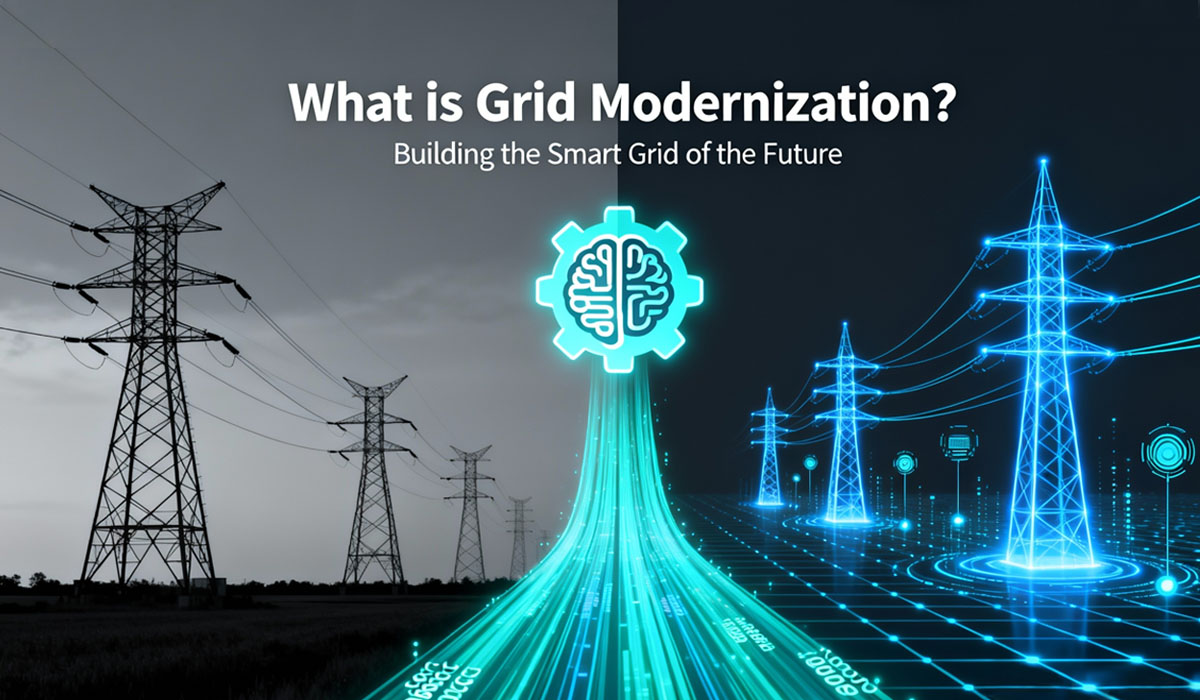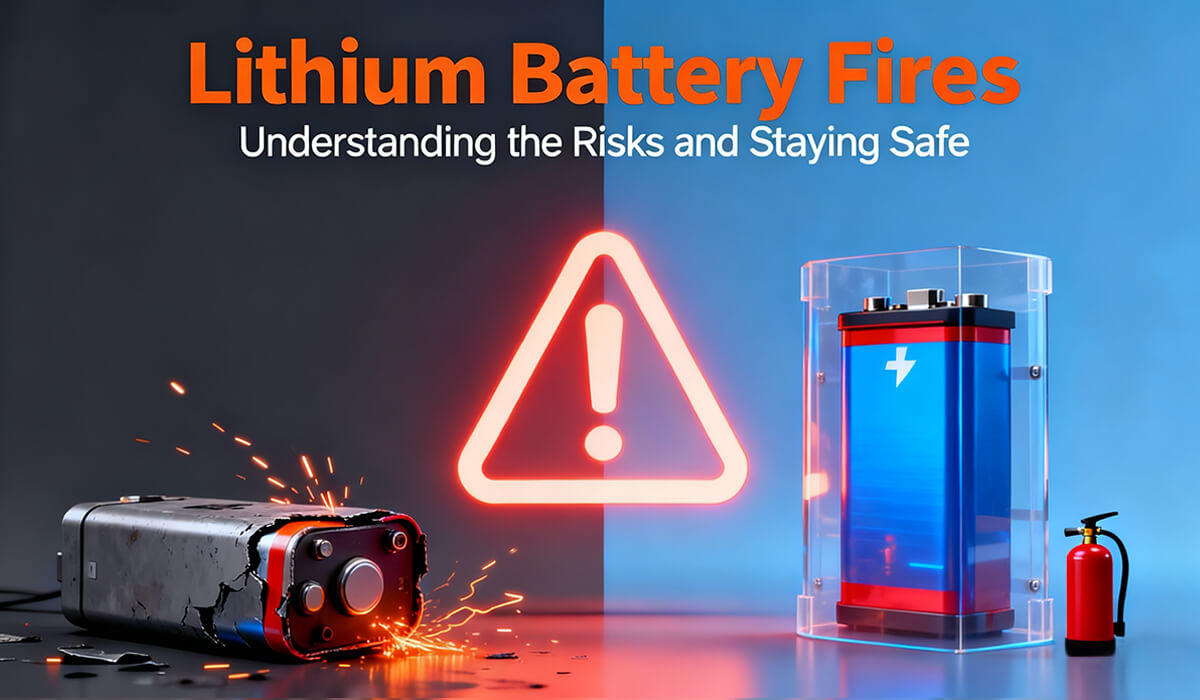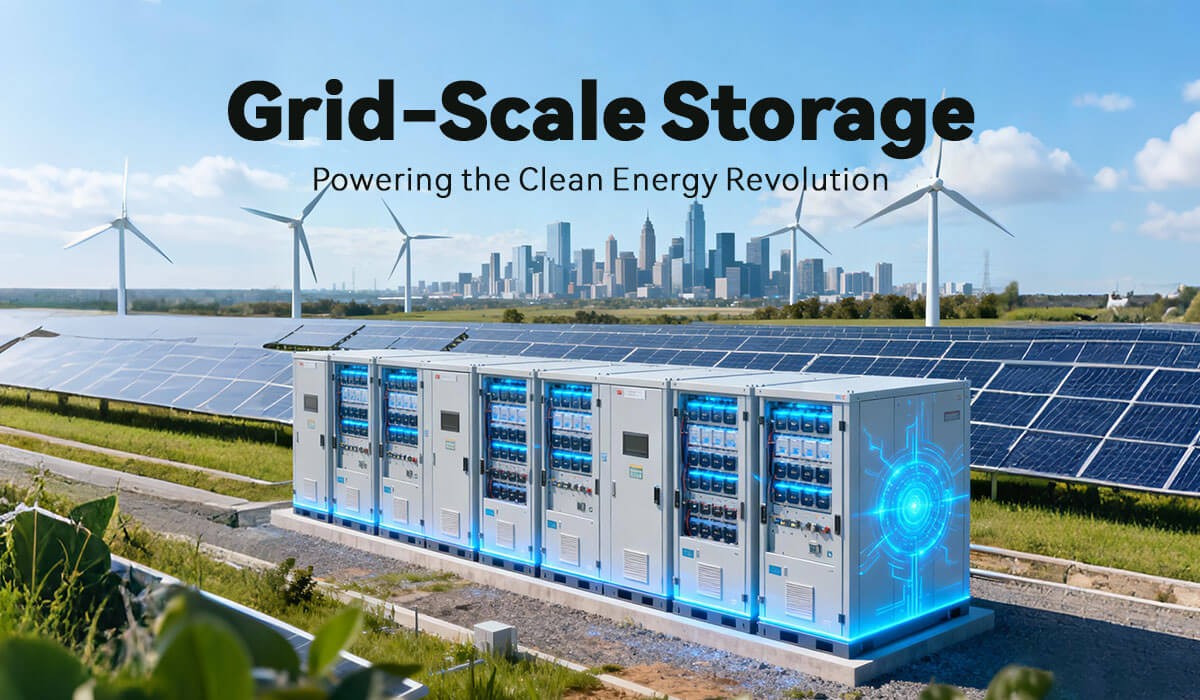Blog
Blog
What Is an Off-Grid Solar System and How to Set One Up
Published by Dawnice, July 2, 2025
Introduction: What Is an Off-Grid Solar System?
An off-grid solar system is a stand-alone power solution that works independently from the public utility grid. This type of system is designed to supply electricity using solar panels, charge controllers, batteries, and inverters—without relying on external power sources.
While an on-grid solar system connects to the utility grid and sends excess power back to it, an off-grid solar power system is entirely self-sufficient. This makes it perfect for remote areas or users seeking complete energy independence.
How Does an Off-Grid Solar System Work?
Here’s how an off-grid solar system works:
-
Solar panels capture sunlight and convert it into DC electricity.
-
The charge controller regulates the voltage and current coming from the panels to the battery bank.
-
Batteries store the energy for later use, such as during nighttime or cloudy days.
-
An inverter converts the stored DC power into usable AC electricity for household appliances.
What Is an Off-Grid Solar Power System Made Of?
A standard off-grid system includes:
-
Solar panels (PV modules)
-
Lithium or LFP battery bank
-
MPPT charge controller
-
Pure sine wave inverter
-
Mounting brackets and wiring
How to Set Up an Off-Grid Solar System (Step by Step)
If you’re wondering how to set up an off-grid solar system, here is a simplified guide:
-
Calculate Your Energy Needs
Estimate your daily energy consumption (in kWh). Tools or spreadsheets can help. -
Choose the Right Battery Size
Select a battery bank that can store at least 1–3 days’ worth of electricity. LFP (LiFePO₄) batteries are safe, long-lasting, and ideal for off-grid use. -
Select the Solar Panel Capacity
Choose enough panels to meet your daily needs + 20–30% extra for cloudy days. -
Install the Charge Controller and Inverter
Connect panels to charge controller → batteries → inverter → load. -
Mount the Panels and Set Up Wiring
Panels should face the sun (south in Northern Hemisphere). Use MC4 connectors and proper grounding.
Tip: If you’re asking how to set up solar panels off-grid or how to set up solar panels off-grid in remote areas, always start with proper sunlight assessment and panel orientation.
What Are the Benefits of Going Off-Grid with Solar?
Going off-grid with solar offers many advantages:
-
Energy Independence: No reliance on utility companies.
-
Lower Long-Term Costs: Avoid rising electricity prices.
-
Ideal for Remote Locations: Perfect where grid power is unreliable or unavailable.
-
Sustainability: 100% renewable energy from the sun.
-
Resilience: Stay powered even during blackouts or disasters.
Whether you’re living in a rural area, building a cabin, or just looking for freedom from electricity bills, learning how to set up an off-grid solar power system is a powerful step toward energy independence.






